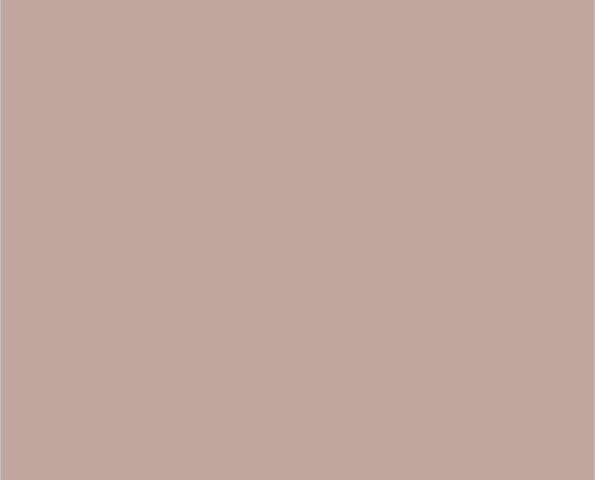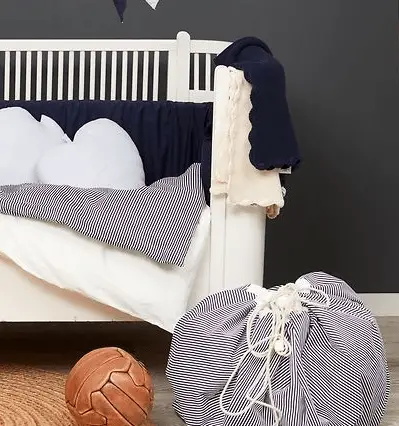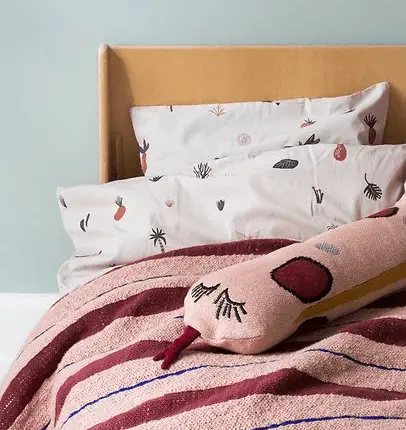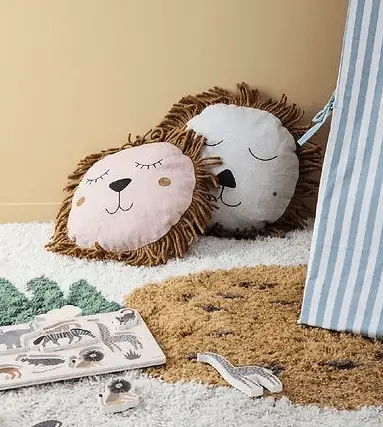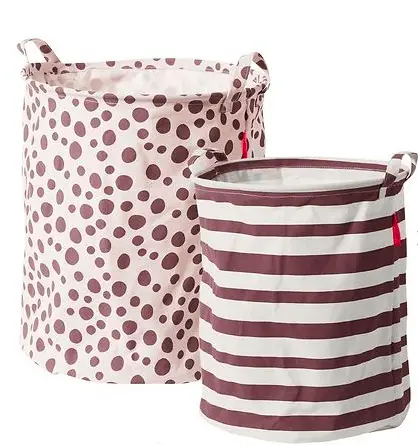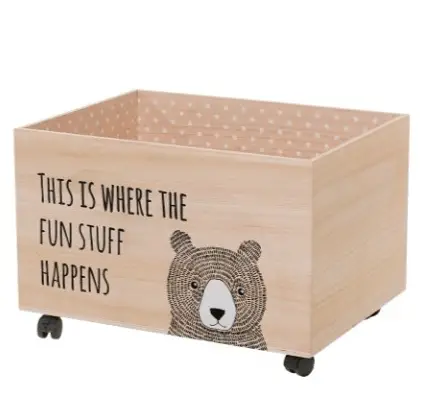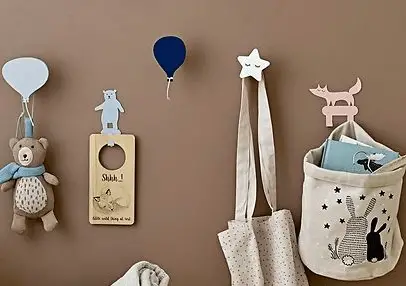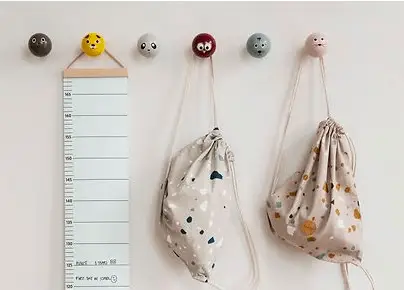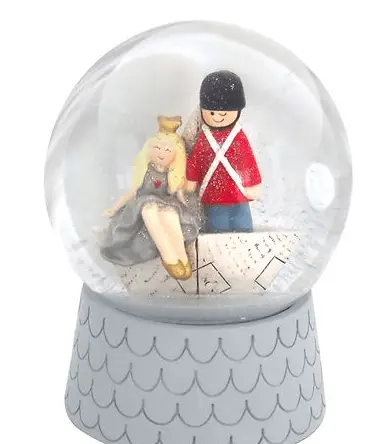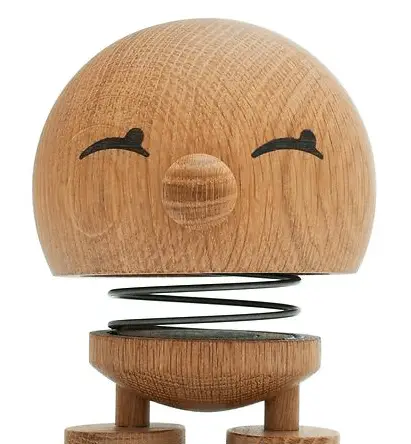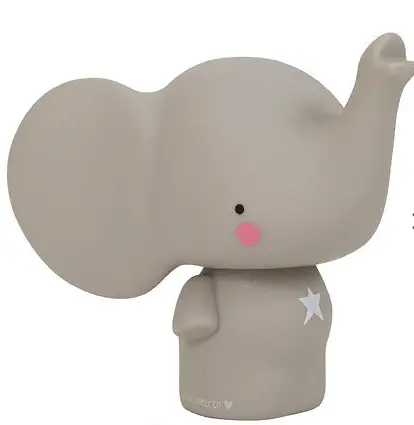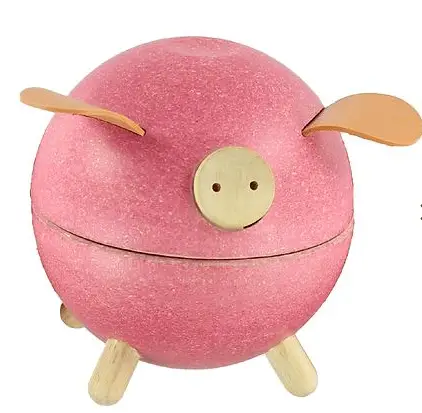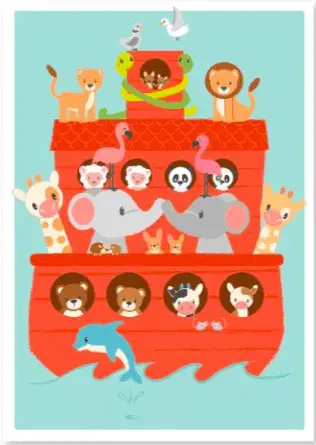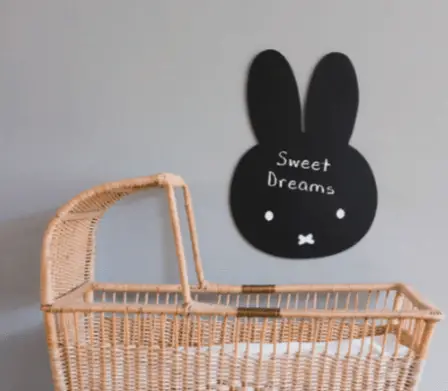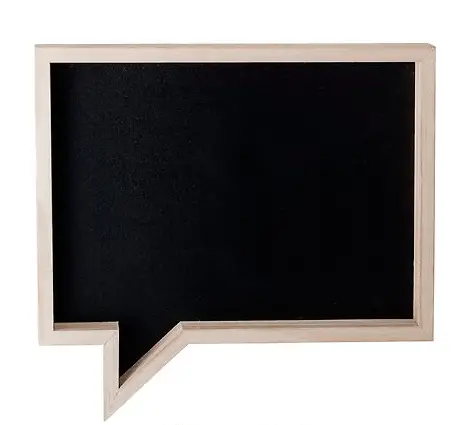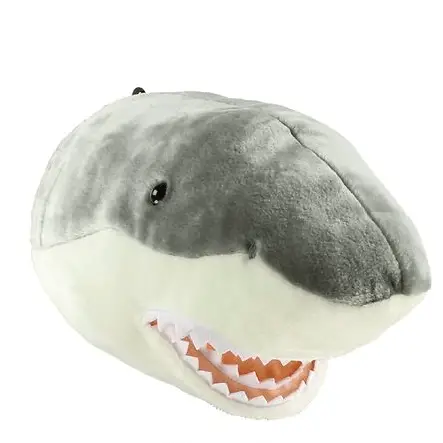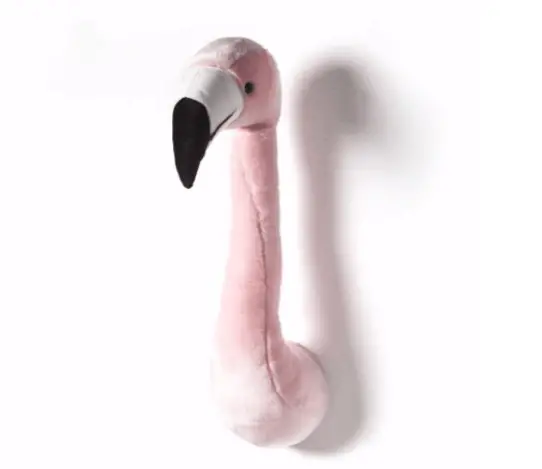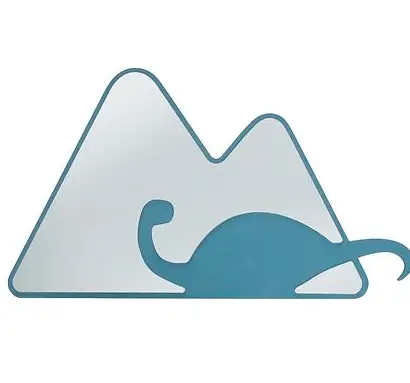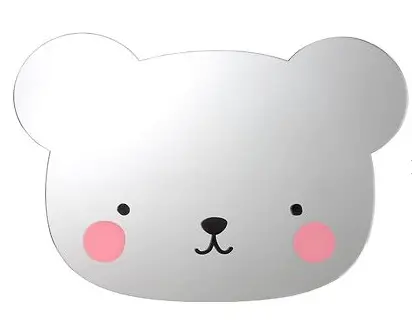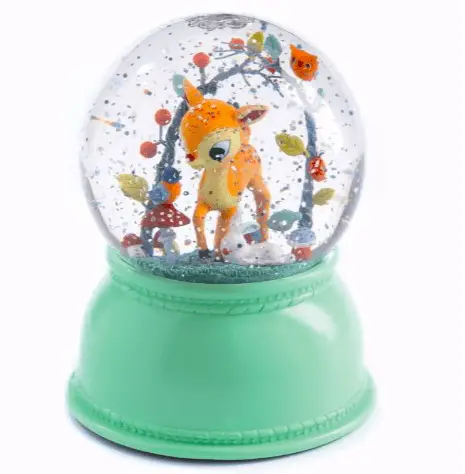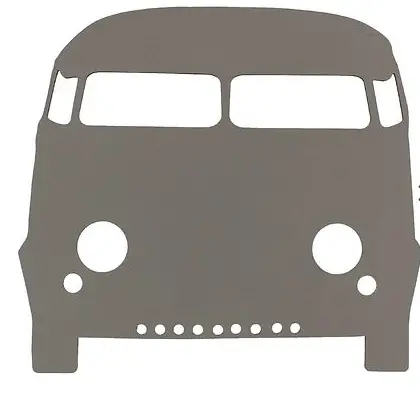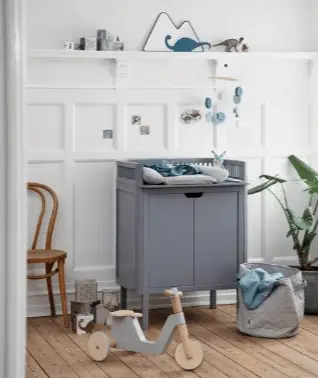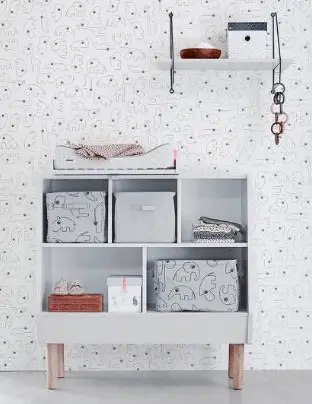Ideer til indretning af børneværelse
Indholdsfortegnelse
At indrette børneværelser kan være sjovt, men hvis du ikke ved hvor du skal starte eller om hvordan du skaber en rød tråd, så kan det blive en uoverkommelig opgave. Vi vil hjælpe dig til at indrette børneværelset – din guide til både det store og det lille børneværelse.
Før du går i gang med indretningen af børneværelset, skal du finde ud af, hvilken slags børneværelse du gerne vil have. Har du ældre børn, kan de måske være med inde over beslutningen. Dette er svært hvis du er i gang med at lave et babyværelse til en kommende lille baby eller et lille barn, der endnu ikke har nogen mening om indretning.
Du kan vælge at gå i retningen af den stilrene indretning, hvor det farvestrålende legetøj er pakket godt væk og det i stedet er sarte farver eller grå/hvid skalaen der er mest i brug. Du kan også vælge et mere farvestrålende værelse, hvor der er plads til at vise legetøj frem.
Farvevalg
Når du skal vælge farven på væggene i børneværelset, så hav i tankerne om værelset kun skal bruges som legeværelse eller om det også skal være et soveværelse. Rolige og afdæmpede farver er mere beroligene at se på end skarpe farver. Tænk også gerne på, hvilke møbler du vil have ind på værelset. Hvis alle møblerne er hvide, så kan det godt blive meget hvidt, hvis også væggene er hvide. Du behøver dog ikke at male en væg fuldt ud eller male alle væggene – du kan vælge at male alt i én farve på den nederste del af væggen.
Hvide vægge: Du kan vælge det sikre og lade væggene forblive hvide. På denne måde kan du pynte væggene med billeder, hylder og meget andet, der giver en masse liv. Du kan let få dekoreret en her væg med plakater, trofæer og meget andet, for at gemme det hvide væk. Samtidig står du ikke overfor valget om pludselig at skulle skifte farve på væggen og en hvid væg er nem at male over igen.
Farvefulde vægge: Du kan også vælge at give alle væggene eller en enkelt væg en farve. Selvfølgelig kan du stadig pynte væggene og give dem endnu mere liv, når der er en farve på væggene. Vi har her lavet to eksempler på de sarte farver, som kalkmalingen byder på. Rolige farver der er med til at skabe et roligt sovemiljø.
Vægmalerier: Du kan også vælge at pynte væggene med en kæmpe wallsticker eller at male noget stort direkte på væggen. Det har i en periode været meget populært at male bjerge, for at give noget mere liv. Andre laver her en tema væg, som måske kan give et gennemgående tema gennem resten af børneværelset. Temaet kunne fx være en jungle, marker med en bondegård eller lignende.
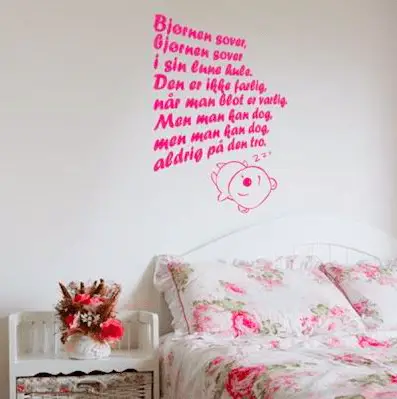
Wallstickers er en nem måde at pynte væggene på, så de ikke blot er hvide eller en anden helfarve. Køb dine wallstickers her.
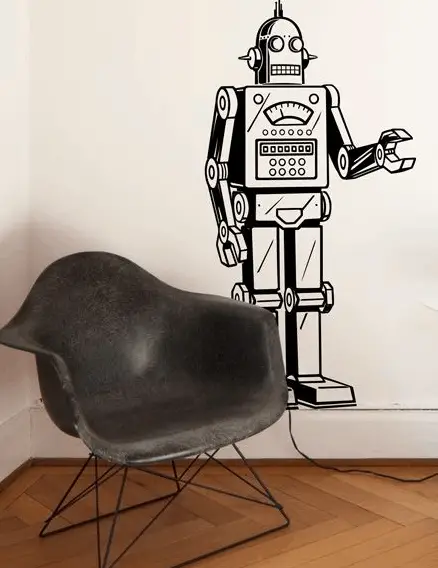
Seng
Sengen er en vigtig del af børneværelset, når tiden kommer dertil hvor barnet ikke længere skal sove inde i soveværelset. I starten sover barnet muligvis oppe i sengen, er i en bedside crib eller i en vugge. Det er ikke så ofte at vuggen flytter med ind på børneværelset, da barnet typisk er vokset ud af vuggen og er flyttet over i tremmesengen på det tidspunkt.
Nogle springer helt vuggestadiet over og går direkte over til tremmesengen. Men hvis du har planer om, at dit barn skal sove på eget værelse og at I ikke skal samsove hjemme hos jer, så skal du også sørge for at gøre plads til tremmesengen på børneværelset.
Sengen på børneværelset kan hurtig komme til at tage en stor del af fokus, så derfor er det vigtig at du føler sengen har en rød tråd med resten af værelset. Det kan du især gøre, når du kommer til at skulle finde en juniorseng. Indtil da kan du sørge for at sengerend, sengehimmel mm. passer ind i værelsets tema og derfor er med til at skabe den røde tråd.
Tremmeseng
Tremmesengen fåes i mange forskellige udseender, nogle kan hæve bunden, så de mindste spædbørn kan være med og andre har deres smarte design. Hvis i ikke praktiserer samsovning hjemme hos jer, så får I med stor sandsynlighed brug for en tremmeseng. Så den skal indregnes i børneværelsesindretningen. Det gælder om at gøre tremmesengen til et hyggeligt sted, hvor barnet ønsker at putte og falde i søvn. Så her er det godt med en sengerand – enten den helt typiske der sidder hele vejen rundt i kanten eller en sengerands slange. Du kan også kombinere begge dele, hvis dit barn godt kan lide at have den ekstra tryghed.
Juniorseng
Sengeslangen fra tremmesengen kan du med fordel flytte med over i juniorsengen, for her kan den også skabe hygge og tryghed. Tryghed kan der især være brug for, når skiftet fra tremmeseng til juniorseng er helt nyt. Pludselig bliver verden meget større – også ved sovetid og på denne tid er barnet meget mere bevidst om skiftet til en større seng, end barnet var da det omkring de 6 måneder blev rykket fra vuggen og over i tremmesengen. Noget du kan gøre, for at gøre juniorsengen mere hyggelig, er enten ved at købe eller lave en seng, der afspejler noget som barnet elsker. Ellers kan du vælge at pynte sengen med puder, tæpper, sengeslange og andre ting, for at få sengen til at virke mindre og mere som en lille rede.
Det er ved juniorsengestadiet, at sengen kan blive et sjovere element af børneværelset. Juniorsengen kan nu blive en del af et muligt tema. Hvis dit barn elsker riddere og borge, så kan sengen laves om til at ligne en borg. Hvis dit barn elsker bondegårde, så kan du male en mark på væggen og lave sengen om til en traktor. Sengen kan også laves til en batmobil eller en brandbil. Til pigerne er det måske mere et slot, en Askepot hestevogn, en sej jeep eller måske en måneseng.
En populær juniorseng er hussengen – en seng, der har fået tag på og i nogle tilfælde sider. På denne måde kan du skabe en hulestemning. Dette kan give lidt ala samme tryghed, som en sengehimmel kan give. Så er verden ikke så stor ved sengetid. Udtrykket i hussengen er meget enkelt og de er forholdvise nemme selv at bygge, hvis man er nogenlunde fiks på fingrene.
Opbevaring
Du har flere opbevaringsløsninger, når du tænker på opbevaring på et børneværelse. Du skal tænke på, hvor meget du ønsker at kunne pakke væk samt at dit barns legetøj udvikler sig, fra at være store ting, til at indeholde mindre ting. En dukke kommer pludselig til at have mere end ét sæt dukketøj. En bil kommer pludselig til at have dele og figurer, der skal være med. Før du ser dig om, skal der også være mulighed for at kunne opbevare sådan noget som et puslespil. Så tænk gerne i opbevaring, hvor der er mulighed for at kunne finde plads til de mindre legesager.
Skabe: der er mulighed for at vælge små skabe, som fx IKEAs Ivar skabe. De er ikke så høje og kan skrues fast i væggen – så på denne måde kan du have noget stående under skabet, du kan have noget inde i skabet og du kan have noget stående ovenpå skabet. Samtidig kan du indeni have kasser stående, så der er plads til alt slags legetøj – også det der ikke kan stables eller på andre måde sættes pænt væk. Det du har stående ovenpå skabet, kan sagtens være noget som den lille ikke må få fingrene i, da skabet har den højde, at den lille ikke kan nå det.
Reoler: her er der flere kombinationer. For du kan vælge et helt reolsystem, så du vælge at fylde en hel væg ud med reol. Her får du rigelig med plads til legetøj, bøger osv. Samtidig med at det er overskueligt at se på. Du kan også vælge én høj reol. Så kan der stå ting oppe i højden, som dit barn ikke kan nå, men som du stadig gerne vil have fremme på værelset, det kan fx være barnets dåbsrør med dåbsattesten i. Længere nede er der så plads til legetøjet, der pænt kan blive vist frem, som dukker, bamser og biler. Du kan også vælge reoler der hænger oppe på væggen, der mere kan være til nipsting, bøger eller billeder. Det er alt efter, hvad du har brug for på børneværelset. Du skal blot have i tankerne, når du laver et babyværelse, at der ikke går så lang tid, før at din baby har legetøj, der skal kunne opbevares. Så tænk gerne lidt fremadrettet, hvis du ønsker at spare lidt penge i længden.
Kurve og kasser: det kan være en fin måde at opbevare fx Lego i en kurv på gulvet. Det er en pæn opbevaringsmulighed og så er legetøjet let tilgængeligt. Kurvene kan både findes i noget flet eller som en stofkurv. På samme måde fungerer kasserne. Du kan fx vælge at købe kasser med hjul under, så har barnet mulighed for at kunne skubbe sit legetøj rundt og dermed bliver legen ikke fastsat til ét sted i værelset.
Skab/kommode
Det kan være svært at vælge og vide på forhånd, om det vil være bedst med en kommode til børnenes tøj eller om et skab vil være mest praktisk. Man kan ikke rigtig sammenligne med valget til sit eget tøj, for baby og børnetøj er så småt. Du kan også vælge at kombinere en kommode med en bøjlestang/bøjlestativ, hvis du gerne vil kunne hænge små skjorter, trøjer eller kjoler op – både som pynt men også af praktiske årsager.
Kommoden er praktisk på længere sigt, da du kan købe wallstickers eller lignende, hvor der står på, hvad skuffen indeholder og dermed kan de lidt større børn – fra 3 års alderen – selv være med til at finde tøj. Hvis du starter med at have babytøj i kommoden, vil du lægge mærke til at kommoden skrumper, ikke mindst fordi tøjet bliver større. Så det er en god ide at finde en kommode, hvor der er plads til mere end hvad din baby har af tøj på nuværende tidspunkt. Gerne en til to skuffer ekstra.
Skabet er praktisk, da der mange gange er både skuffer og bøjlestang i. Hvis der ikke er skuffer, så kan der være hylder, hvor du så kan placere kurve med tøj i. Hvis du ikke planlægger at skulle hænge tøj på bøjle, så er skabet mere eller mindre ligegyldigt. Så skal det primært være på udseendet og hvis du foretrækker hylder frem for skuffer.
Vælg et skab med skydelåger. Hvis du ønsker et skab på børnenes værelser og ikke er ønsker et karlekammerskab, så er et skab med skydelåger en rigtig god ide. Ved at have skydelåger, så undgår du låger der går ud i rummet. På denne måde kan du have noget stående tæt på skabet og stadig have muligheden for at komme ind i skabet. Samtidig kan dit barn være i gang med en leg foran skabet og du vil stadig kunne komme ind i skabet, uden at forstyrre den igangværende leg. Find eventuelt inspiration her.
Knager er et godt alternativ, hvis du gerne vil have mulighed for at hænge en enkelt eller to ting frem – fx et sæt tøj, en taske eller måske en morgenkåbe til de lidt større børn. Hav gerne flere knager hængende, da de i sig selv også kan pynte.
Pynt/nips
Det er svært at vide hvor man skal starte, når man taler om pynt og nips til børneværelset. Der findes så meget fint, som både kan stå og som skal hænge. Som udgangspunkt bør du se på, hvad dit babyværelse ellers indeholder. For hvis du har mange hylder og reoler, så bør du gå efter pynt der står.
Sparebøsser
I denne pengeløse verden, hvor alt foregår med dankort eller nethandel, så er det vigtigt at lære børnene at forstå meningen med penge. I starten kan disse søde sparebøsser godt bare stå som pynt på børneværelset, men senere hen kan de komme til at rumme optjente lommepenge. På denne måde lære barnet at spare penge sammen og til sidst kunne købe noget som det virkelig ønsker sig. Om ikke andet, så findes der så mange forskellige slags sparebøsser, at der med garanti vil kunne findes en, der passer ind i temaet på børneværelset.
Plakater
Plakater er en nem måde at skabe den helt rigtige stemning på værelset, fremhæve et tema og give liv til væggene. Det gode ved plakater, er at de oftest kan fåes i flere forskellige størrelser og dermed vil de kunne passe ind på de fleste steder. Om det så kun er en lille plet der skal fyldes ud eller om det er en her væg der skal dækkes, så er det nemt at gøre med plakater. Det gode er derudover, at det er nemt at skifte plakaterne ud og komme noget i den allerede eksisterende ramme. Plakaten kan så rulles sammen og gemmes.
Tavler
En tavle som en del af børneværelset er et hyggeligt lille personligt touch. Her kan du selv skrive et lille citat eller noget andet, som er skrevet til dit barn. Når barnet bliver ældre, kan det selv få lov til at tegne løs på tavlen. Her kan der øves i at tegne, skrive eller regne. En tavle behøver dog ikke bare at være en tavle, men den kan være formet som en figur. På denne måde kan tavlen også pynte uden at have nogen form for tekst eller andet på sig. Hvis du er den kreative type, så kan du nemt lave din helt egen tavle, ved at købe et stykke mdf-plade, skære den figur du ønsker, let slibe kanterne, og male med tavlelak på den. På denne måde kan du få en helt unik tavle, som ikke kan findes andre steder.
Dyretrofæ
Et dyretrofæ er en anderledes vægpynt end de klassiske plakater. Find gerne et dyretrofæ af dit barns yndlingsdyr. Der findes mange forskellige slags og stilarter – nogle mere troværdige end andre. Disse fra Brigsby er i den mere troværdige ende. Du kan også finde dyretrofæer i træ eller hvis du er kreativ, så kan du måske selv hækle eller sy et dyretrofæ. Med et dyretrofæ er du med til at skabe et helt unikt værelse til dit barn, der emmer af hygge, sjov og leg.
Spejle
Spejle på børneværelset kan bruges på mange måder. Når dit barn er en baby, kan spejlet være en del af puslebordet. Så kan der trænes nakke ved at ligge på maven på puslepuden. Du kan gøre det samme, hvis du har lavet et tumlehjørne på gulvet. Når dit barn bliver lidt ældre, er det stadig sjovt at kunne se sig selv i spejlet. Her er der mulighed for at studere sig selv; hvor sidder næsen? Den lidt ældre pige vil med garanti elske at have et lille lege sminkebord. Det kræver blot en hylde, et spejl og en stol. Derudover skal du selvfølgelig bruge noget legesminke.
Lamper
Der kan findes tre typer af lamper på et børneværelse – den første er hovedbelysningen, som fx en loftslampe. Den anden er en natlampe, som giver et behageligt og dæmpet lys, når du enten skal op om natten for at skifte/amme eller til de lidt større børn, der ikke er så glade for mørket. Den tredje lampe er primært til pynt og vil typisk ikke blive brugt så ofte. Dette kan fx være en lyskæde eller en lampe der også vil pynte som figur. Pyntelampen er en anderledes dekoration at hive med ind på børneværelset, men natlampen og loftslampen kan også sagtens være flotte og pynte på værelset. Fx kan snekuglen fra Djeco både pynte på værelset, men kan også bruges som natlampe.
Puslebord på babyværelset
Hvis du vælger at sætte puslebordet ind på din babys eget værelse, så tænk også godt efter, hvor stort værelset er. Har du et lille værelse, sådan det være, at et væghængt puslebord vil være bedst, da du kan slå det sammen, så det ikke fylder ud i rummet. Det er muligvis ikke et problem i starten, men børn er typisk 2,5-3 år gamle, før de bliver renlige. SÅ indtil der skal du have mulighed for at skifte ble. Dette kan også sagtens gøres andre steder, men hvis du ønsker at have en fast pusleplads i form af et puslebord, så er det vigtigt at tænke puslebordet ind i indretningen, så du ikke skal ud og investere i et nyt puslebord, fordi det andet pludselig fylder for meget på børneværelset.
Du kan få mange forskellige pusleborde, hvor puslepladen kan tages af og du dermed kan bruge den som en helt almindelig kommode efterfølgende. Dette er dejlig praktisk, hvis du ikke ønsker at investere i store møbler efter kun et par år. På denne måde kan puslebordet også bedre have indflydelse på indretningen af værelset og give en rød tråd mellem møblerne.
Inretning af det store børneværelse
Når dit barn har et stort værelse, er det vigtigt at gøre det så hyggeligt som muligt, da et stort værelse godt hurtigt kan føles tomt og koldt. Så tænk gerne i ting der kan stå på gulvet. Løse gulvtæpper er også en rigtig god måde at skabe en mere hyggelig stemning på værelset, ikke mindst fordi mange i dag har bare trægulve. Et lille bord med to stole, der står ude på gulvet, kan også være en god ide. Dette bord behøver ikke at være et almindeligt bord – det kan være et bord fyldt med Lego, tegneting, dukketøj eller lignende. Du kan også male bordet med tavlelak og lad børnene tegne løs på det. Så er der ikke brug for papir og kridt er nemmere at vaske af end tusch. Hvis dit barn nyder at lege med legekøkken, så kan et legekøkken med tilhørende købmandshandel også fylde lidt ekstra på det lille værelse, men på en brugbar måde.
Pynten på væggene, som plakater, dyretrofæer mm. må meget gerne fylde. Så find gerne plakater der er i størrelsen 50×70 for at fylde godt på væggene. På denne måde kan du også holde det mere enkelt, end ved at bruge små plakater i A5 hvor du dermed har brug for mange flere for at kunne fylde bare lidt af væggen ud.
Indretning af det lille børneværelse
På det lille værelse skal du prøve at tænke tingene væk fra gulvet, så værelset ikke bliver for fyldt. Der skal ikke meget til, før at et lille værelse kan komme til at se endnu mindre ud. Så tænk mere i reoler, hylder og i det hele taget at stille tingene op langs væggene. Her skal pynten helst op at hænge på væggene, så et løst gulvtæppe kan meget hurtig tage meget plads ud af værelset, i stedet for at give mere hygge. Hvis du køber møbler, som kommode, reol, skab osv. ind til babyværelset, som det er meningen skal vokse med barnet, så husk at tænke en større seng ind i billedet. Der bliver ikke plads til flere ting, nu ældre barnet bliver, tværtimod. Med hensyn til opbevaring af tøj, så vil et skab med skydelåger være en rigtig god ide, da det vil fylde mindst muligt ud i rummet. En kommode skal have mulighed for at kunne få skufferne helt ud, det samme med et skab med almindelige skabslåger. Skydelågerne vil mindske brugen udad i værelset.
På et lille værelse er der måske ikke så meget gulvplads, men der er ofte heller ikke så meget vægplads. Med vinduer, dør og muligvis skab og/eller reol, så er der ikke så meget plads tilbage. Hvis du alligevel gerne vil have flere forskellige ting op på væggene, så skal du tænke i på at de ikke må blive for store. Fx en plakat må hjertens gerne være i A5 størrelse, for at du kan få lidt flere op, hvor du måske kun har plads til en enkelt eller to af plakater i størrelsen 50×70.

